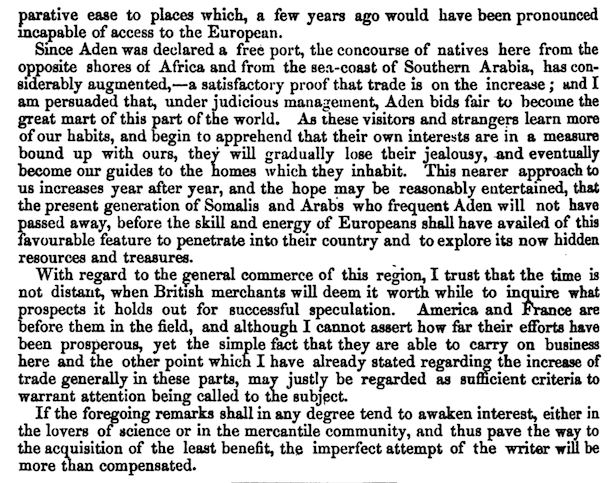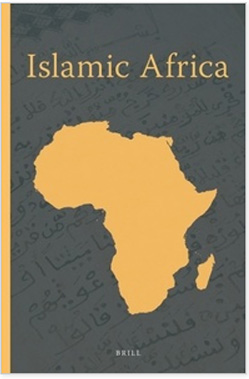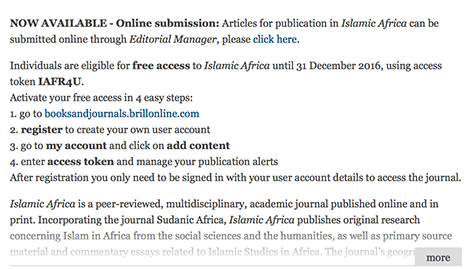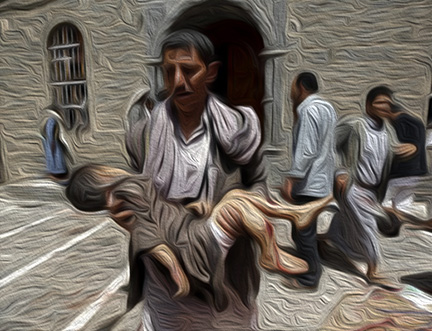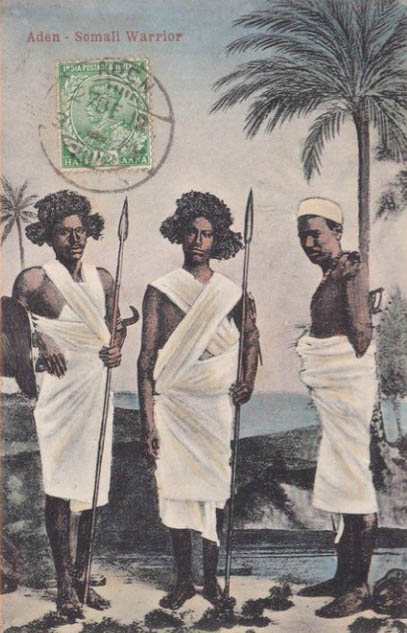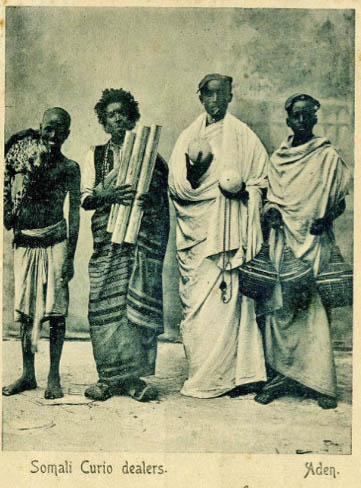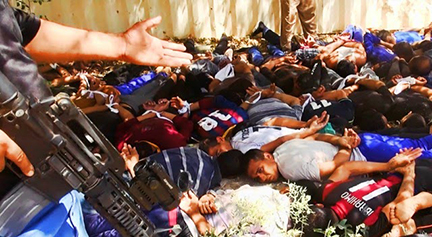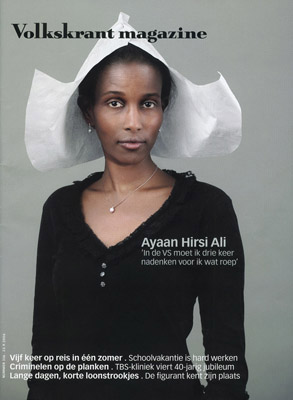
by Setareh Sabety, Huffington Post, April 11, 2014
When my son, a senior at Brandeis University, forwarded me the news of the controversy surrounding the decision to grant an honorary degree to the controversial feminist Ayaan Hirsi Ali, I took her side. I knew about her. She is a Somalian feminist, a champion of banning genital mutilation of girls, and later a member of the Dutch parliament. She reached fame when Theo Van Gogh, the director of Submission, a film that Hirsi had written criticizing women’s treatment in Islam, was killed by a fanatic.
She went too far when she picked on Islam as a particularly violent religion, but as a Muslim-born feminist, I understood her anger. I too have been accused of being Islamophobic when I criticized Islamic views of women. It is easy to become angry after a video clip of a stoning or yet another story of an honor killing. It is easy to hate Islam when your husband threatens to keep you from traveling, or when the waiter tells you to cover your hair better in a restaurant. In Iran, where Sharia, or Islamic, law is imposed by force, women like me “hate” Islam on a daily basis. For Hirsi Ali, coming from the especially violent Somalia, undergoing genital mutilation herself, and witnessing the death of a colleague even in the relative safety of Europe, it must have been horrendous. I can see how her experiences could make her take sides and lose patience.That is why, initially, I supported her receiving an honorary doctorate from Brandeis. When the Muslim Student Association gathered enough signatures from both students and faculty to force a cancellation, I was impressed by the passion of the students, and by their convincing arguments about condoning hate speech. But, still, I had mixed feelings about canceling someone I considered a sister-in-arms against radical Islam. Hirsi Ali is not an Islamophobe. She is not afraid of Islam. She is fed up with it. I am too. As a woman who fled Iran because she did not want to be forced into the hijab or banned from travel by her husband, I understand Hirsi Ali on a deep and visceral level. Continue reading Milking the Marathon: Ayaan Hirsi Ali’s Brandeis Speech →


